SAARC: The Sinking Ship? Relook at the Suppressed Affair
Fri, 07 May 2021 | Reading Time: 4 minutes
SAARC (South Asian Association for Regional Cooperation) summits have been stalled after 2014 as a mark of resistance towards the state of Pakistan, which has over the years been alleged to be a sponsor of terrorism in the region. The Indian external affairs minister S. Jaishankar also claimed that it is Pakistan, not India that is responsible for the stalled growth of SAARC. This lack of trust among a few principal actors of the organization has rendered it almost paralyzed to achieve its objectives that were set forth in 1985.
SAARC was significant of a common culture, heritage and history. It was a step towards regional progression by opening up markets and accelerating economic and social growth. However, time has revealed quite the opposite maybe. It seems as if the collective interest that was envisaged has taken a back seat, rather national interest has taken precedence. The flawed bilateral ties between member states have overshadowed the gains that collectivity would have brought; almost neglecting and sidelining its vibrant promising charter that said ‘cooperation among member states will be based on sovereign equality, territorial integrity, political independence, and non-interference in internal affairs.’ The slow progress proves perilous not only for the region as a whole but more so for the individual growth of smaller member states. Larger states like India on the other hand have to search for other alternatives; one most talked of is BIMSTEC. The smaller nation-states of the region have always been skeptical of India. Greater opportunities of interdependence seem threatening to their political autonomy.
The very start of the organization may be reviewed as a weaker one. It refrained from taking up bigger and bolder steps which were evident in its first preparatory meeting in Colombo in 1981 where the focus areas were agriculture, rural development, telecommunication, health, population, transport etc. i.e. less controversial issues. It was only after the end of the Cold war that the member states seemed to redefine their outlook towards the organization. Greater economic cooperation found its place on the agenda. SAFTA in 2006 came up, aimed at boosting regional trade through lowering tariffs, also eliminating any illegal trade. There was more integration towards trade, transit and energy issues. Afghanistan joined the group at this point; China and Japan were given observer status.
Nonetheless, there have always been structural impediments on the way. To strengthen the SAARC convention on suppression of terrorism an additional protocol was defined in Article 1 of the convention. The member states had differing definitions of terrorism, especially India and Pakistan. These minor conflicts render such protocols to remain ineffective. On the transit facility linking the region and outside, Bangladesh had held its position strong against the initiative, especially denying its port facilities to India. There have also been diverging views on the question of extending membership into the SAARC. During Afghanistan’s entry into the group, Pakistan had its reservations. Some believe more membership would diminish the significance of the grouping and its regional character. Almost as if forgetting that the era of globalization cannot let nations practice isolation or neglect the need for interdependence.
Bilateral ties have always remained the ‘bone of contention.’ Be it the India-Pakistan dispute on Kashmir, cross border terrorism, tensions along LoC, SAARC satellite project, or India-Bangladesh issue of illegal migration, there is never a balanced opinion. The charter also prohibits the discussion of any bilateral issue which might have been intended for peaceful and smooth functioning; however one can say it has done quite the opposite. This unavailability of alternative forum to getting the issues resolved have only hampered the growth of the region then facilitate it. SAARC, on a parallel path, might have acted as a mediating ground.
SAARC has been critiqued as a ‘zombie’ organization and an example of ‘retarded regionalism.’ Even after years it has only managed intra-regional trade of 5% in South Asia’s total trade. The fact that it was not until the 1980s that the South Asian states realized a need for the creation of a regional organization is evident of a less enthusiastic intention from the very start. There have been only 18 summits since its inception, with the number getting reduced in the later decades.
‘An organization can only be successful if the member states share the view that it meets, or at least has the potential to meet, their respective needs’ (Rajeesh Kumar, 2010). Nothing of such an outlook resonates with SAARC at this juncture. Some scholars are of the opinion that even structural changes cannot help in reviving the institution. India-Pakistan’s never-ending rivalry has raised proposals like ‘SAARC minus one.’
Lately, the members did come forward under the pressure of the COVID-19 pandemic to formulate a SAARC COVID-19 Emergency fund initiated by India, convened over a virtual conference. India sent medical equipments to Nepal, Bhutan, Bangladesh and Maldives, along with pledge to contribute US $10 million. India also sent consignments of vaccine doses as gifts to Bangladesh, Nepal, Bhutan, Sri Lanka, and Afghanistan. However, such times of crisis also did not leave the member states without conflicts in opinion. Pakistan showed some amount of resistance in India’s attempt at leading the initiatives to tackle COVID in the region. It demanded the initiatives and funds to be brought under the framework of the charter. Critics said it is an attempt by Pakistan to ‘score narrow political gains.’ Therefore, two things can be deciphered at the moment. As experts have already argued the lack of leadership in SAARC, India’s initiative in tackling COVID only supplements this point. Without a proper direction, SAARC just seems to loom clueless. Such efforts like that of India might let it find its path again. The second point being, the member states need to focus on improving bilateral ties if they wish the region move on a path of development. An outpouring of newer and newer issues like the recent Indo-Nepal border dispute only contribute to the stagnation of the region, as well as institutions like SAARC.
Disclaimer
The opinions expressed in this article are the author’s own and do not reflect the views of Chanakya Forum. All information provided in this article including timeliness, completeness, accuracy, suitability or validity of information referenced therein, is the sole responsibility of the author. www.chanakyaforum.com does not assume any responsibility for the same.
Chanakya Forum is now on . Click here to join our channel (@ChanakyaForum) and stay updated with the latest headlines and articles.
Important
We work round the clock to bring you the finest articles and updates from around the world. There is a team that works tirelessly to ensure that you have a seamless reading experience. But all this costs money. Please support us so that we keep doing what we do best. Happy Reading
Support Us





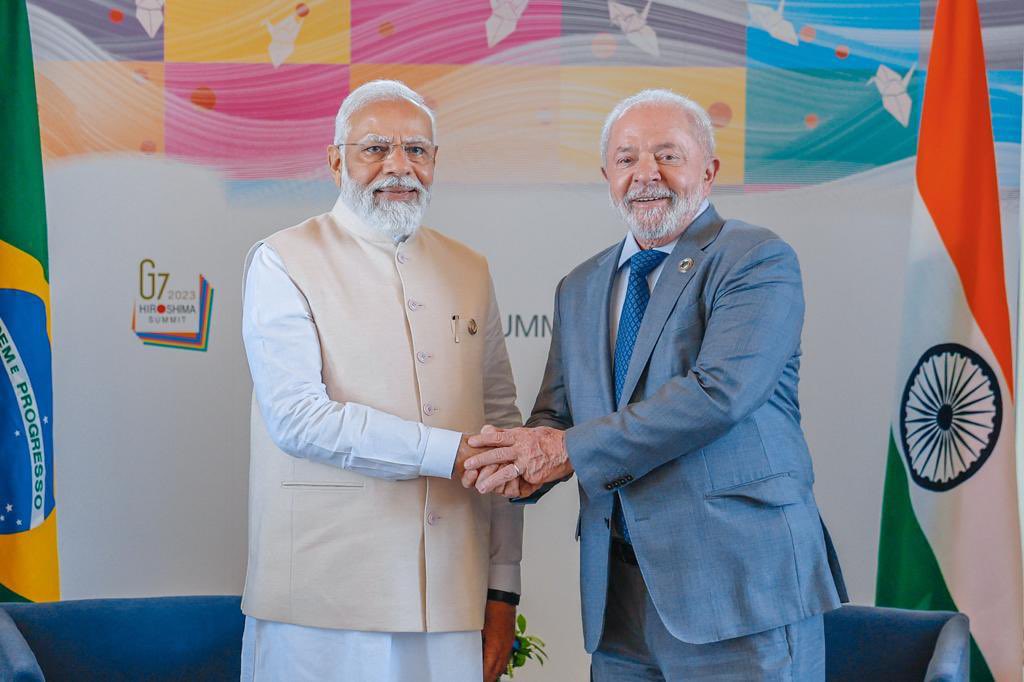

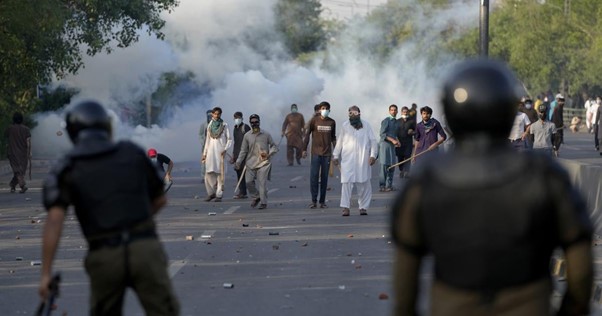

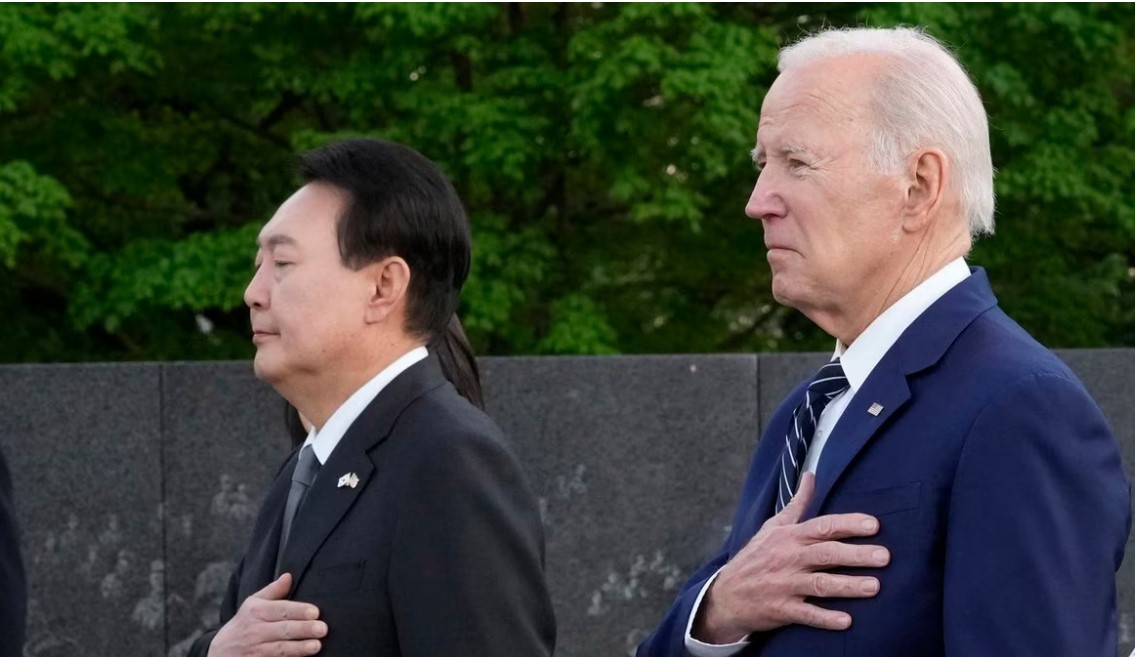

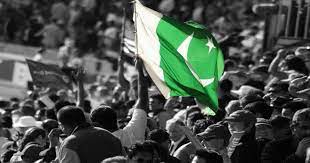
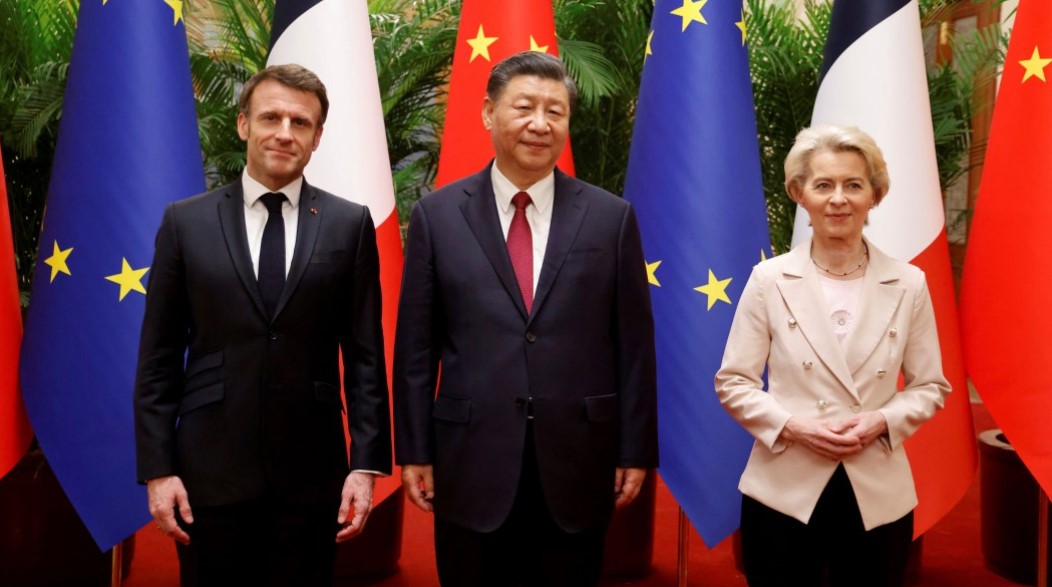
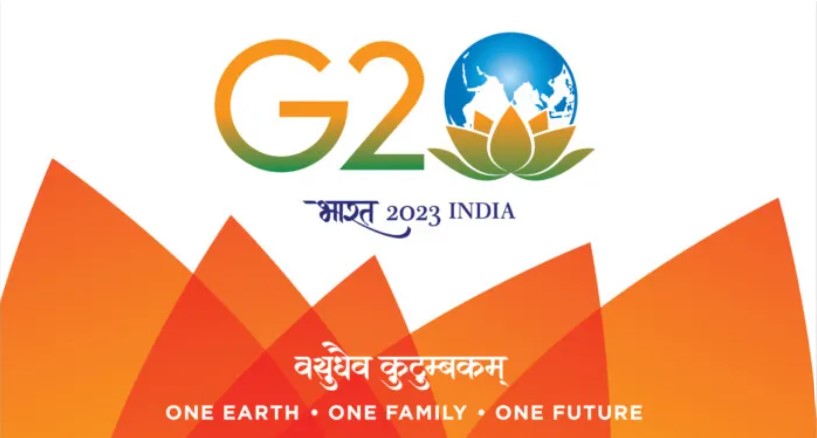






POST COMMENTS (4)
Neeti Chowdhury
Neeti Chowdhury
Arun Kumar
ARUN KUMAR